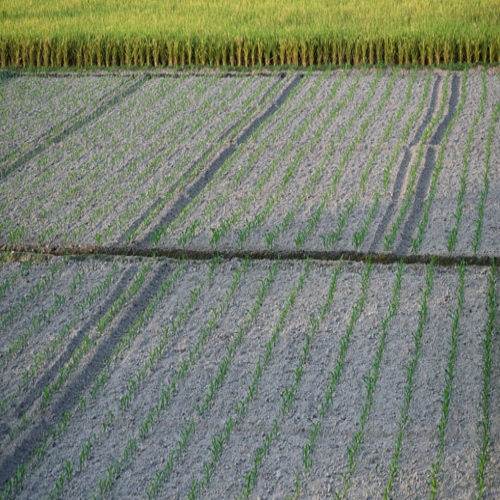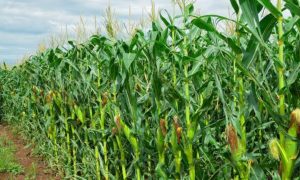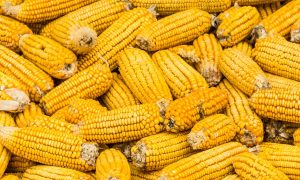Maize cultivation sees slow growth in north

The expansion of maize cultivation in northern Bangladesh, where the cereal grain is a major cash crop, has slowed this year due to higher input costs, according to industry people.
Farmers in Gaibandha cultivated maize on 10,185 hectares of land in 2019, up by just 79 hectares from the total acreage in 2008, shows data of the Department of Agricultural Extension (DAE).
Increasing prices then prompted the farmers to expand cultivation for the past two-three years, with some 17,045 hectares of land brought under maize cultivation last year.
However, farmers have once again become apprehensive of maize cultivation following the recent hike in production costs, including that of seeds and fertiliser.
As a result, the maize production target in Gaibandha remains unchanged at 17,045 hectares for fiscal 2023-24 while that of Bogura has increased by just 4 percent year-on-year to 12,500 hectares.
The higher production cost is taking a particularly significant toll on maize growers in char areas as they depend on the crop for much of their annual earnings.
Mokhdum Ali, a maize farmer of Baje Fulchari char under Fulchari upazila of Gaibandha, said he has decreased cultivation by two bighas to 10 bighas of land this year to cope.
“One kilogramme of maize seeds cost about Tk 500 last year but now, it is at least Tk 600,” he told The Daily Star while pointing out that fertiliser prices have also risen.
For example, 50-kilogramme sacks of urea now cost Tk 1,350 compared to Tk 1,100 previously.
“So, the overall production cost has increased by more than Tk 2,000 per bigha,” Mokhdum added.
Sekender Ali, a maize farmer of Parulia char in Hatibandha upazila of Lalmonirhat, echoed the same.
“The price of seeds, fertiliser and pesticide have all increased. So, the production cost of maize will increase by at least Tk 2,000 per bigha,” he said.
Sekender also informed that they need about three kilogrammes of seed to cultivate one bigha of land.
Suresh Chandra Barman, a maize farmer of Harati village in Lalmonirhat sadar upazila, said he has already prepared six bighas of land for maize cultivation starting next week.
“But if each maund of maize is not sold at Tk 1,200, we will not be able to profit as expected,”‘ he added.
Asked about the increase price of maize seeds, Mansur Ali, a representative of the Sonali Maize Seed Company in Lalmonirhat, said they are having to import maize seeds at higher prices this year.
“So, they are being sold to the farmers at higher prices as well,” he added while informing that there are around 100 companies that supply maize seeds in the country’s northern districts.
Motlubar Rahman, deputy director of the Bogura DAE, said maize seeds are generally imported from countries like India as the Bangladesh Agricultural Development Corporation sells a limited variety.
“So, farmers would get seeds at lower prices if local production is increased,” he added.
Meanwhile, DAE officials in Lalmonirhat, Kurigram, Rangpur, Gaibandha and Nilphamari said maize cultivation has slightly risen in their areas.
About 70 percent of the maize production in Rangpur takes place in char and riverine areas of the Teesta, Brahmaputra and Jamuna Rivers.
Last year, about 12.88 lakh tonnes of maize were produced from 1.13 lakh hectares of land across the five districts while the target has increased marginally to 1.14 lakh hectares this year.
Hamidur Rahman, deputy director of Lalmonirhat DAE, said they are on alert to prevent companies from selling low-quality maize seeds.
Farmers in char areas get more profit from maize cultivation as the accumulation of silt in these lands ensure bumper yields, he added.
















